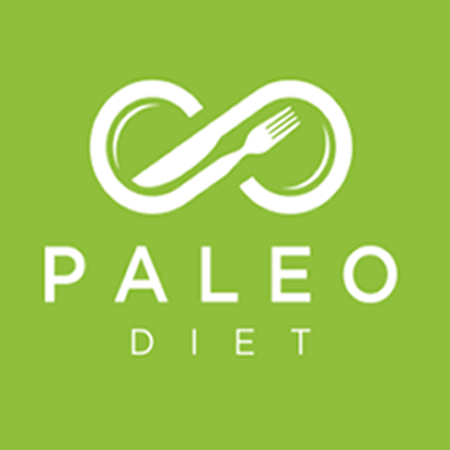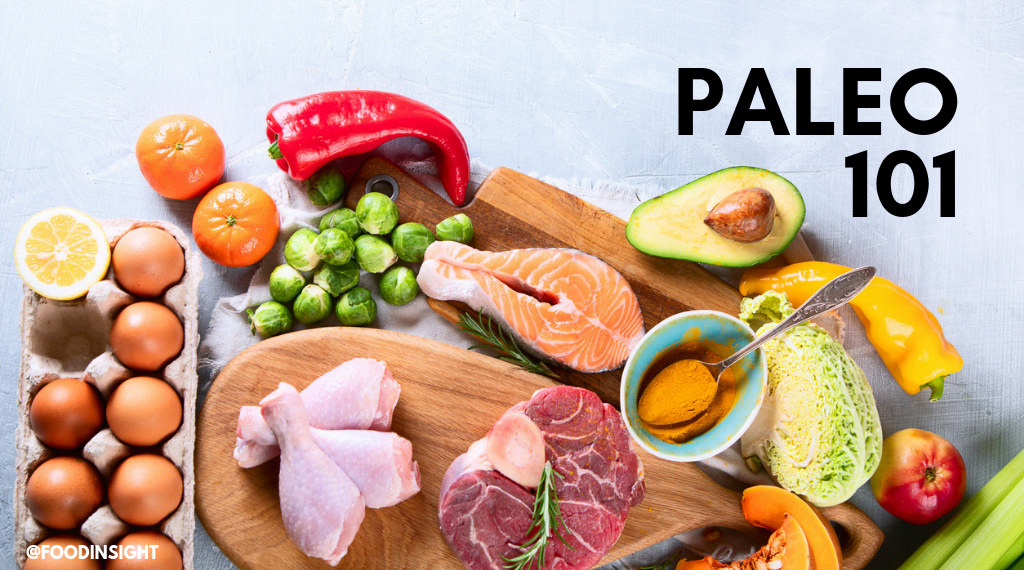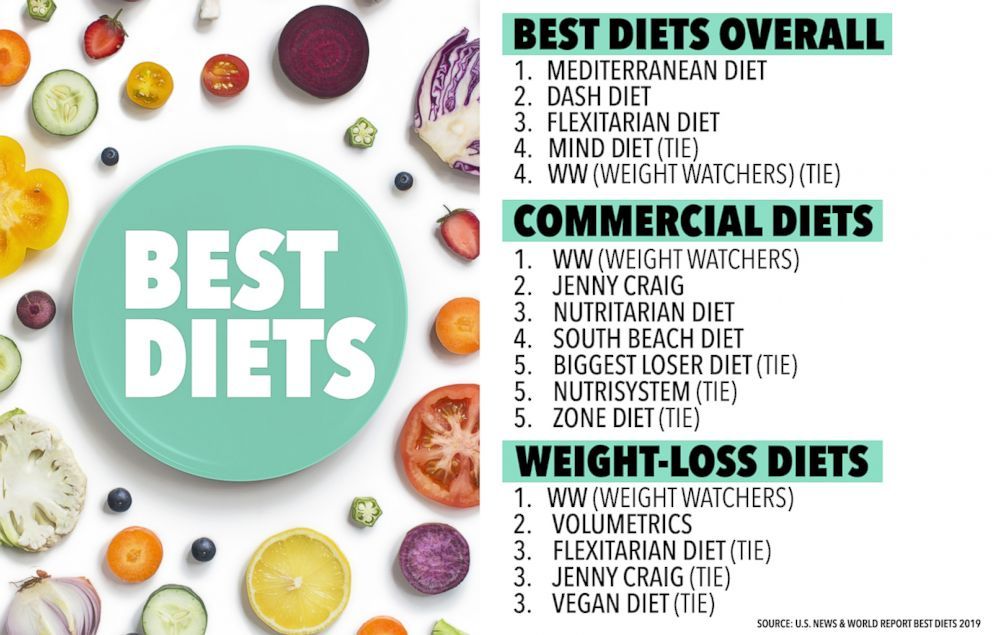
You're probably wondering, "Who created the Paleo diet?" American scientist, Dr. Loren Cordain, is the person who came up with the Paleo diet. He is one of the most prominent proponents of Paleo. But which of these two men should you believe? Or is this simply another myth? Find out the truth about this intriguing diet by reading on!
Dr. Loren Cordain
Paleo lifestyle is controversial. It encourages people to eat the foods their hunter-gatherer ancestors used to eat millions of years back. This diet is based in part on research into Stone Age food, which was high in potassium and low in salt. High salt intake is linked to many modern diseases. Dr. Cordain states that it is possible to avoid many illnesses by eating like our caveman forefathers.
Dr. Cordain is a well-known authority in the field of nutrition and human evolutionary. His research was featured on numerous major media outlets such as Dateline NBC and The New York Times' front page. He has also written three books about the subject and a newsletter. The resources below provide more information about Paleo.
The Paleo Diet is divided into three levels: the basic, intermediate and advanced. At the lowest level, you eat fewer "open" meals and eat more foods that are forbidden to us. It is possible to eat legumes or other seeds, but you must be careful. You can have up to 20 meals per week and 20 snacks at the highest level. If you want your life to be long and prosperous, the diet should be followed for a lifetime.

It is based on the idea that hunter-gatherers eat high levels of protein. Cordain points out research supporting his theory, using an ethnographic analysis of 229 hunter–gatherer society. Cordain's research found that 73% of them got more energy than 50% from animal food, and only 14% from plants. Cordain's findings were refuted by Katherine Milton in Am. J. Clin. Nutr. 71:665-667.
While this hypothesis may seem like a good one, there are powerful counterarguments to Dr. Cordain's claims. While Cordain claims that a diet low in fat and carbohydrates can increase one's risk of cancer, this hypothesis is not supported by the evidence. The diet's advantages are much greater than its disadvantages. Cordain's research also highlights its limitations, but is not conclusive.
Walter Voegtlin
The Paleolithic diet is a way of eating that has been around for 35 years, if not longer. Walter Voegtlin (gastroenterologist) developed the Stone Age Diet after studying human dietary habits. He found that the diet was helpful for people with common digestive problems. The diet offers many health benefits, including improved brain function.
Voegtlin founded the diet on the belief that humans evolved into carnivores. Therefore, we should follow the same path. Voegtlin believed that humans are genetically identical to sheep and dogs and should therefore eat carnivorous food. Advocates of the diet point to current data which is mixed, but generally favorable. They should also remember that humans today have not changed as much as the animals did ten thousands of years ago to the paleo diet.
Walter Voegtlin's book, "The Real Diet of Man", demonstrates the effectiveness of the diet by examining the chemical structure of food. This book also highlights low glycemic foods, high fiber, and balanced essential fatty acids. It focuses on the foods that allow the body to function at its best. Ted Slanker & Walter Voegtlin are the authors. They have been reporting about nutrition research basics for over 15 years. They also distill complex studies into basic nutrients for human well-being.

Paleo includes certain food groups that are not allowed on the diet. These include processed foods and sugary drinks. Some animals are not suitable for the diet, as they are grain-fed. Also, modern fruits are very different to those of paleolithic times. Paleo advocates point out that studies have been done on a very small number of subjects, and they are not lasting. These studies do NOT support the Paleo way of eating.
The Paleolithic diet relies on animal protein so it is important to study the diets of animals. Although Paleolithic diets weren't entirely vegetarian, they had a significant influence on modern humans. Many of these researchers believe animals did not eat entirely vegetarians or vegans. It is possible to improve your cardiovascular health by eating more meat, fat, and other animal products.
FAQ
Where can I find free online cooking lessons?
Many websites offer cooking lessons for free. YouTube can be searched for videos showing you how to make different meals. You can access thousands of recipes from some websites. While you may have to pay a monthly charge, these websites allow you to try out the recipes for 30 days for no cost.
How do I learn to cook like a professional?
Cooking can be a great way for you to grow as a person. Being able to cook healthy food is a great skill to improve self-confidence. Learn how to cook healthy food at home. Find out what recipes you love first. Read books about various foods such as Chinese, Mexican, and Italian. Finally, make sure you practice different recipes until you feel confident.
What are the health benefits of slow cooking?
Slow Cookers are very useful because they allow you to prepare delicious meals without wasting time. Slow cooker recipes are more healthy than traditional dishes because they use less oil. In addition, slow cooker recipes are convenient because they take care of themselves while you sleep.
How can I motivate myself to cook?
Cooking is fun when you share food with family and friends. Cooking for one is easier than cooking for another. Try something new if you want to feel motivated to cook. This way, you will learn about new ingredients and techniques. It's also possible to use recipes from other cultures in order to broaden your culinary knowledge.
Statistics
- You'll be amazed that over 90% of CIA students receive scholarships and grants to finish their culinary studies. (ischoolconnect.com)
- under 10 Kids have been taught that there is special food just for them, and Fiese says that 10 percent of kids will throw a tantrum if they don't get the food they want. (washingtonpost.com)
- The median pay for a chef or head cook is $53,380 per year or $25.66/hour, according to the U.S. Bureau of Labor Statistics (BLS). (learnhowtobecome.org)
External Links
How To
How to cook a steak
The thickness of any meat will dictate the cooking method. Thicker steaks can be cooked on a low heat. Thicker steaks need to be cooked at higher temperatures.
It's important to not overcook the steaks as they will lose their taste. Remember to take your steak out of the oven when it's done. You won't burn.
Cooking time will depend on the size of your steak and the desired level of doneness. Here are some guidelines to help you get started:
Medium Rare: Cook to medium rare. This means that the internal temperature should reach 145degF (63degC). This process takes between 3 - 5 minutes per side.
Medium: Cook to medium (or until the internal temperature reaches 160degF/71degC). This normally takes around 6 minutes per side.
Cook well until done. That means that the internal temp reaches 180degF (82degC). This typically takes 8-12 minutes per side.